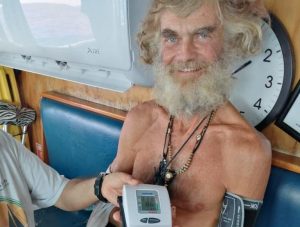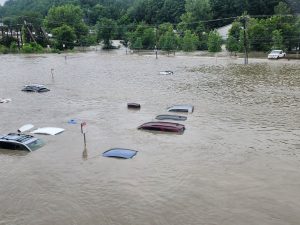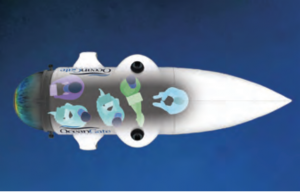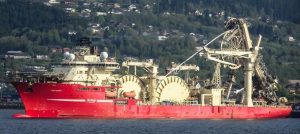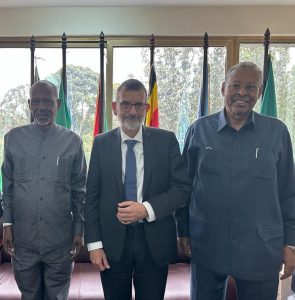India’s federal contingency force, the National Disaster Response Force(NRDF), is about to obtain a globally recognised standardisation this year due to which it could soon be a part of the United Nations(UN) mandated international disaster rescue operations.
Switzerland-headquartered INSARAG( International Search and Rescue Advisory Group) is a network of more than 90 countries and organisations that deal with urban search and rescue will authorise the standardisation and works under the UN.
“Just like we have the Bureau of Indian Standards in the country, the UN agency INSARAG standardises disaster response teams across the world. It is an international gold standard,” NDRF director general SN Pradhan told PTI in an interview.
“We are very much in thick of it and hopefully we will get the standardisation in 2021.” He further explained the purpose of this categorisation that is possessed by some of India’s neighbours like China and Pakistan.
Also Read| India gets its first women’s team in disaster combat
“If there is a call from the UN to respond to some disaster you will be called upon…you will be an international response force,” Pradhan said.
“It is not that we have not been doing that (going for international rescue operations) but when NDRF went to Japan and Nepal in the past it was a bilateral decision between two countries but with this standardisation it will be a UN mandated task,” he said.
It is a great pride for India that its force is known for its international response force, the DG said.
In September 2019, an INSARAG committee consisting of Austrian and Singaporean experts had reviewed the NDRF teams. However, the process got delayed because of the pandemic.
“Hopefully, in 2021 you will see at least two heavy teams of the NDRF notified as INSARAG teams,” he said.
The NDRF was raised in 2006 to provide relief and rescue to victims of natural and manmade disasters. It comprises 12 operational battalions with more than 15,000 personnel across the country. Four more battalions are also going to be added soon.
Pradhan said this UN standardisation could “trigger a long-term process where more and more of its teams can be certified”.
“It (INSARAG standardisation) will be a good thing as NDRF is second to none. This could lead to a cascading effect where NDRF can become a national accreditation agency for state disaster response forces and that also could be UN-supported.” “In Chile and China, the UN has certified their provincial teams so that state teams can also travel across the world for disaster response operations,” he said.
These developments could help India’s profile as it would come out as a country with great disaster response and world-standard protocols and operating procedures. The DG also mentioned upgrading the technology and rescue gadgets used by the force.
“We are reviewing our technology and changing specifications. It is not bad but authorised items in quality and quantity are 10 years old so it calls for a review.” “The review has already been completed and submitted to the government,” he said.
“We are reviewing the national emergency communication plan. It is going into phase 2 now. We are going to upgrade, have more in quantity and better equipment which is true to form so that we are able to negate any impact of total collapse of communication in a disaster-hit area,” he said.
The upgradation will eventually be carried out through the next two financial years, followed by the training period. This training will be done in a way that NDRF can work with other paramilitary forces like CRPF, BSF, ITBP, and others so that proper help can be provided in disaster-affected areas when required.


